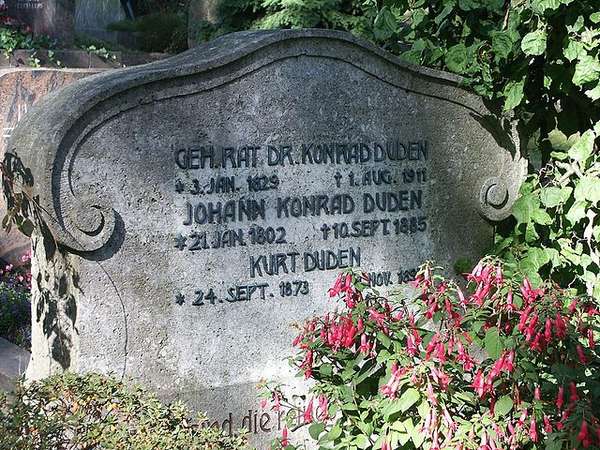Cemetery 3.0
- 17. September 2017 - Family, General, Genealogy, Internet, Knowledge, Personalities
In 2015, we addressed the value of cemeteries for genealogy in the context of German cemetery day. We referred to the cemetery 2.0 and the habit of putting QR-Codes on gravestones to allow people to access further information on deceased persons. But with advanced technology there is always something new.
Today, it is possible to share locational information due to GPS. Solutions like QR-Codes that often aren’t very attractive to look at, are no longer necessary. There are virtual cemeteries already as well as apps that make it possible to get information on the deceased during a walk on-site (maybe similar to an audio or multimedia guide in a museum). Whose grave is this or where can I find that of a specific person? This allows for exploring people who are dead for quite a while now as well, as long as someone bothers to gather the information. Technically possible is quite a lot, up to digital images of the deceased (avatars). Maybe it is only a question of time, until augmented and virtual reality will arrive at cemeteries in a large scale.
At the same time, technology enables relatives to create their own family cemeteries online. They can unite graves of family members at one virtual place, no matter where the actual graves are. Here you can for example view the respective memorial pages (on which you might be able to condole or even light a candle digitally) or find information on the resting place. In a time, where mobility is becoming more and more important and people move quite often, this might be a way to commemorate persons linked to their graves, but without having to do extensive trips. If such information are openly accessible and remain online permanently, they can help genealogists as well. Not for nothing there are online collections of photographed gravestones for quite some time (you can find a German example here). They help to make data available virtually and to preserve it even after the graves are dissolved.
But let’s return to the topic of mobility. The trend to be buried anonymously is not very helpful for genealogists. Often, there are financial reasons to decide for this option. But probably another reason is, that many people (have to) live in a more mobile way. There might be no children or grandchildren nearby, who could tend to the graves. A little more personal is the option to have an only partly anonymous urn burial in a collective grave where at least a list of names is displayed. But genealogists can still not hope to find new information here.


0 comments